1.1 LiFePO₄-Specific Charger (Required)
Common Issues and Solutions for Golf Cart Lithium Battery Conversion


| Comparison Item | Lead-Acid Battery | Lithium Battery |
|---|---|---|
| Lifespan | 2–3 years | 8–10 years |
| Efficiency | 70–80% | ≥95% |
| Weight | Heavy | 30–50% lighter |
| Maintenance | Requires refilling water | Maintenance-free |
| Charging Time | 8–10 hours | 3–5 hours |
| Discharge Stability | Voltage drops easily | Stable output |
| Installation | Complex wiring | Integrated and simple |

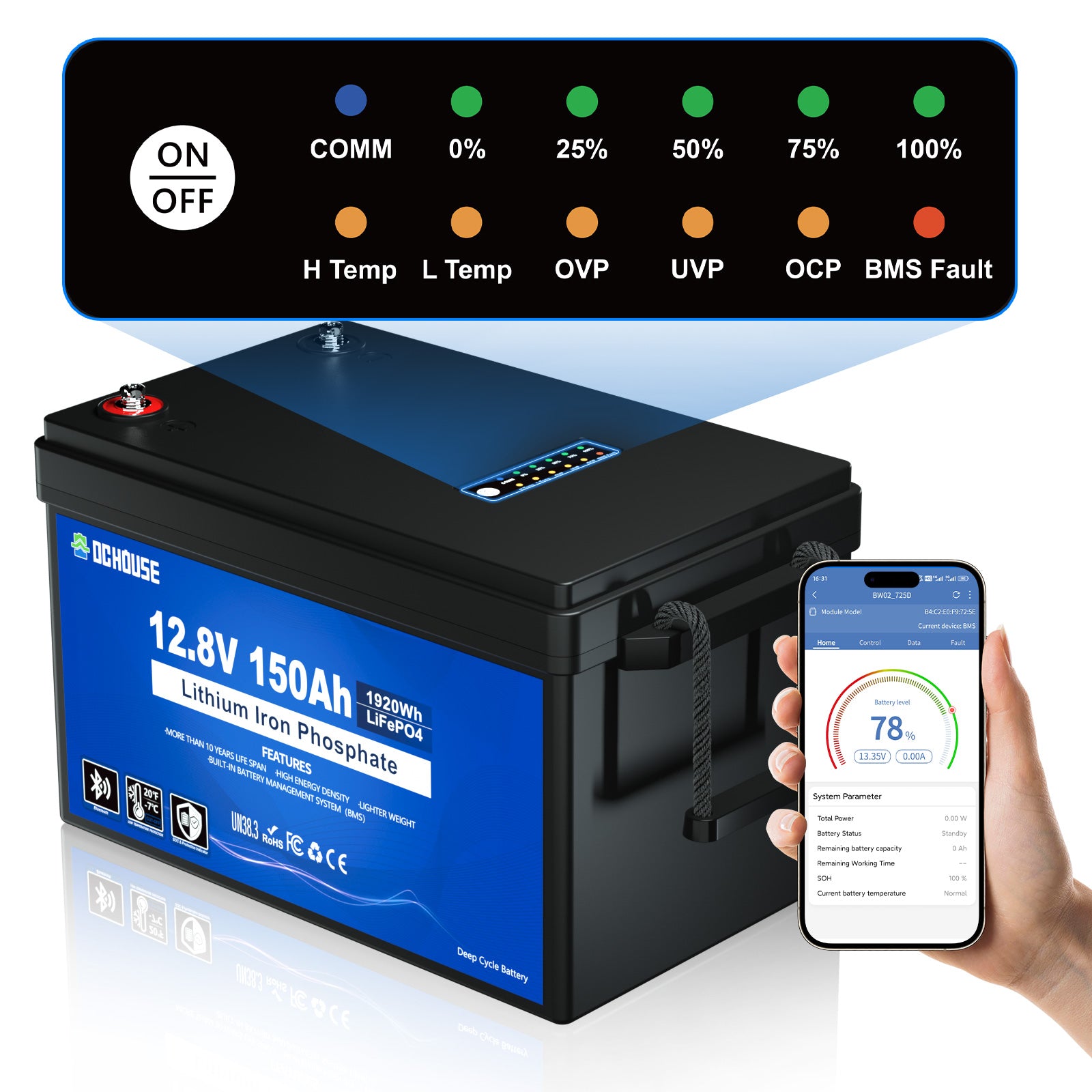
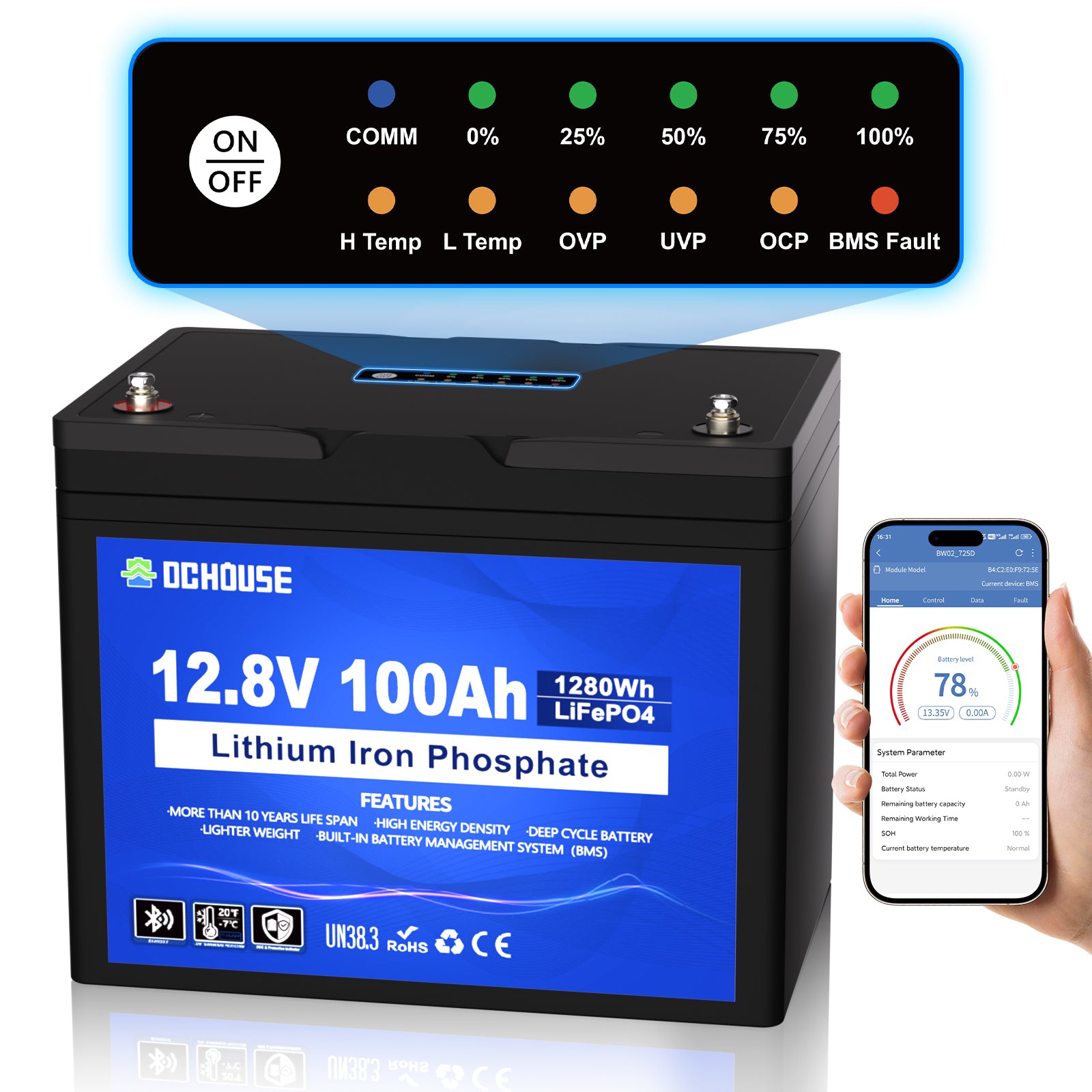
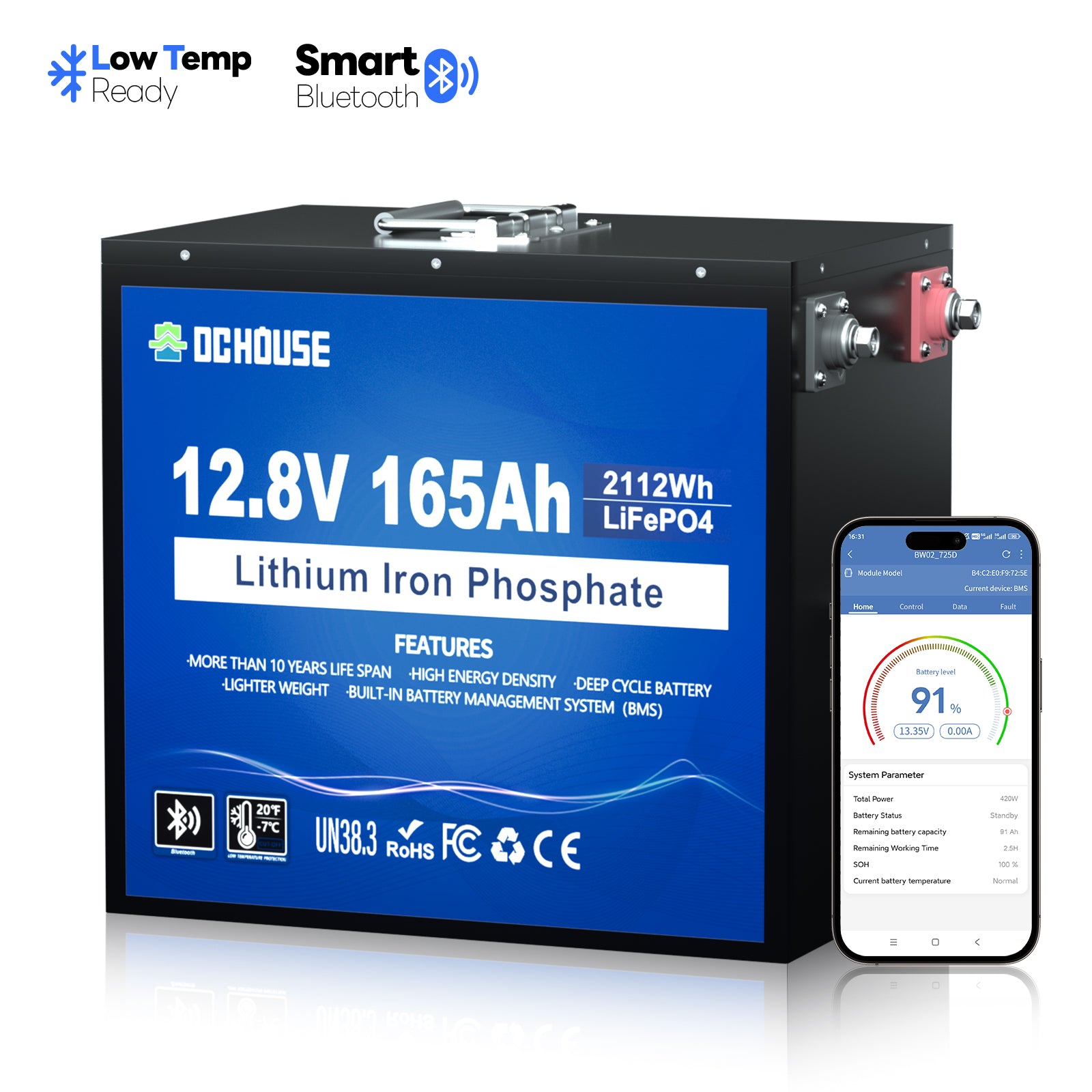

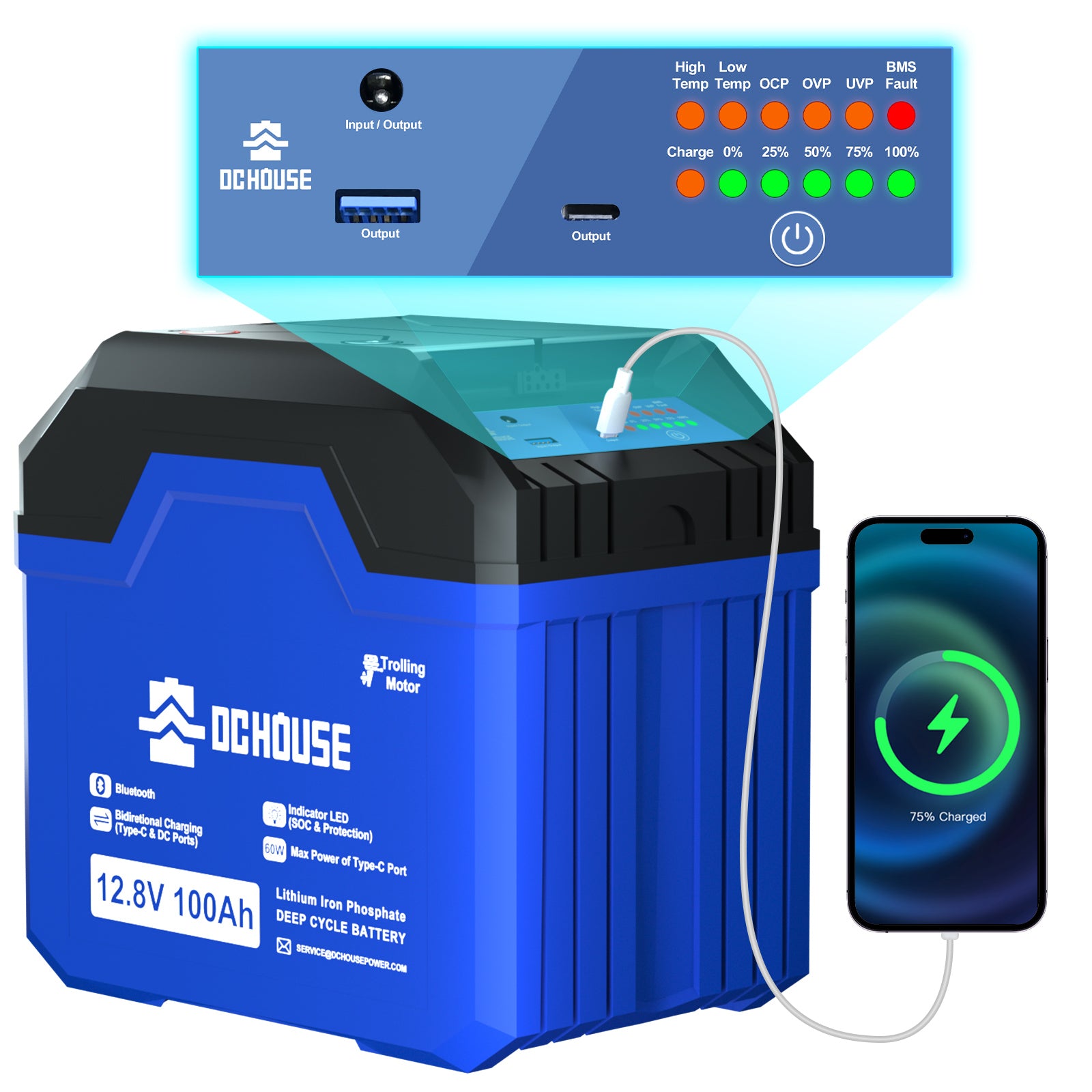

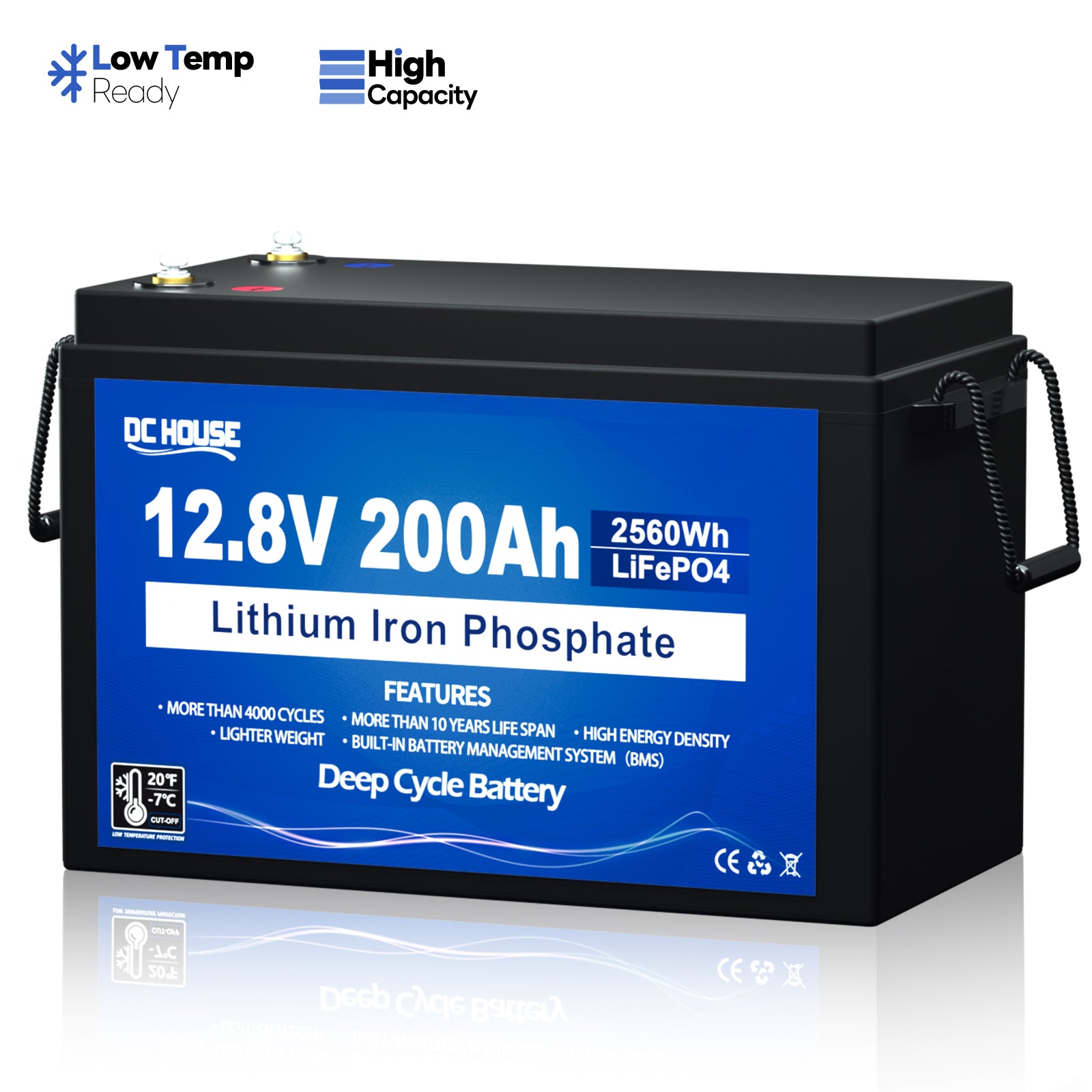
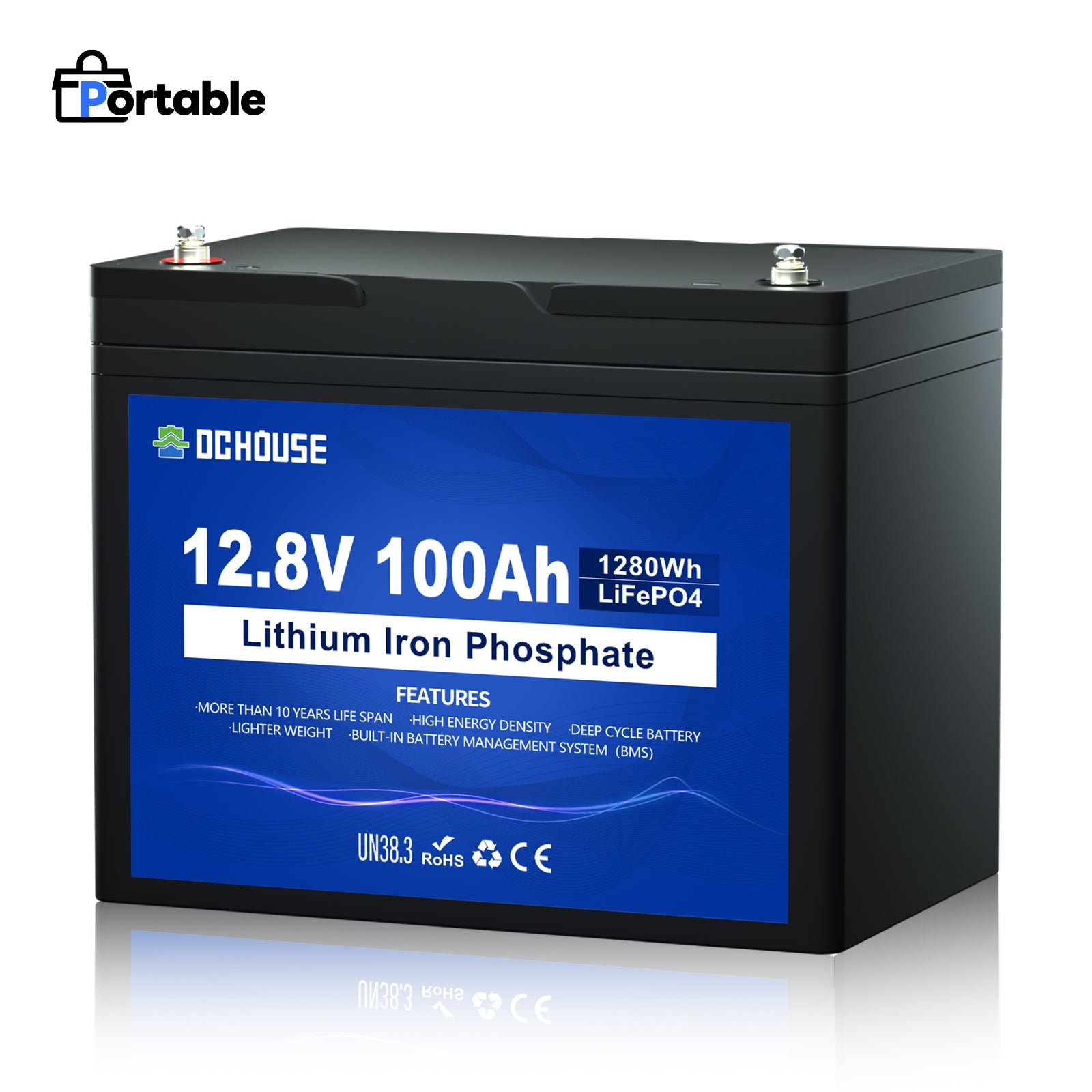

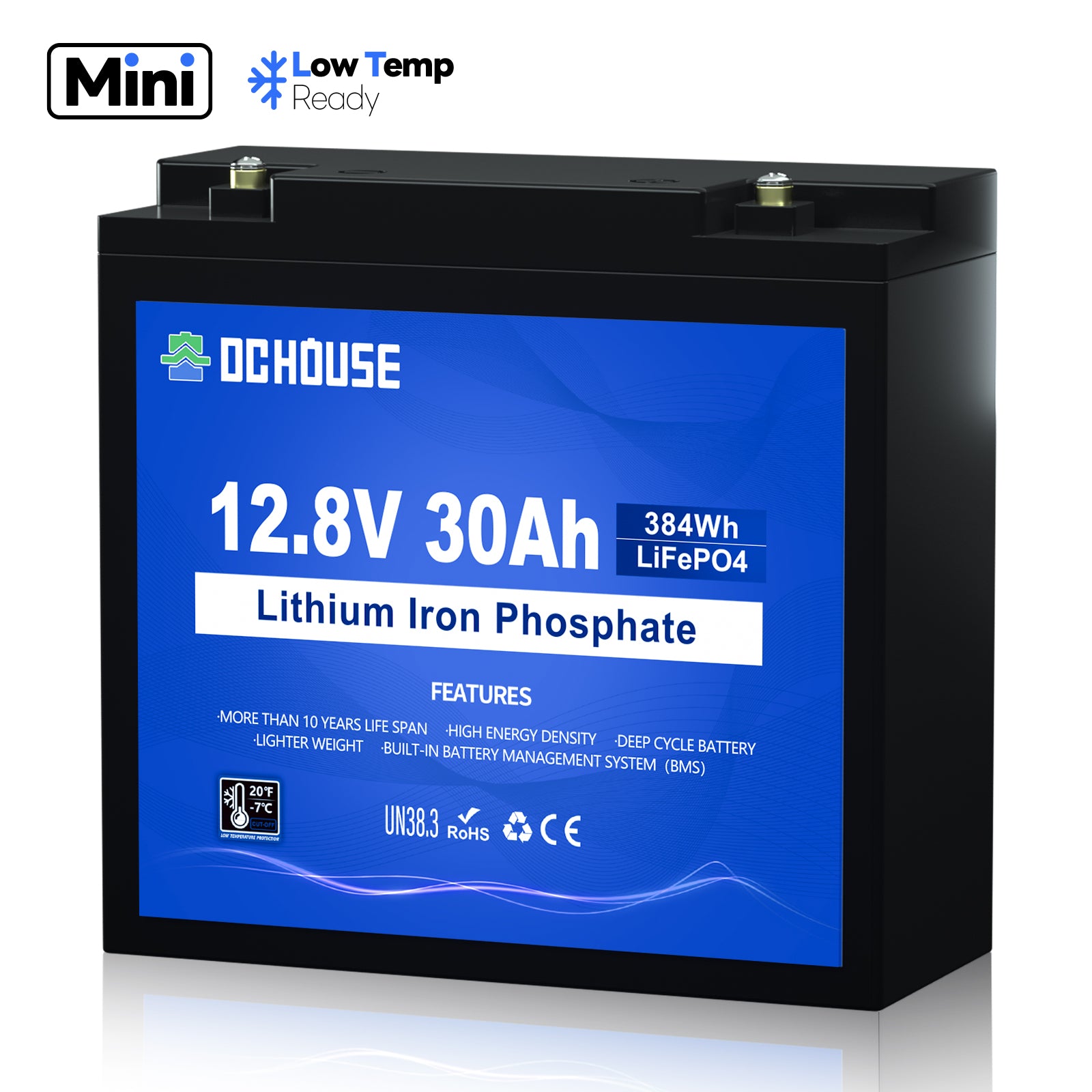

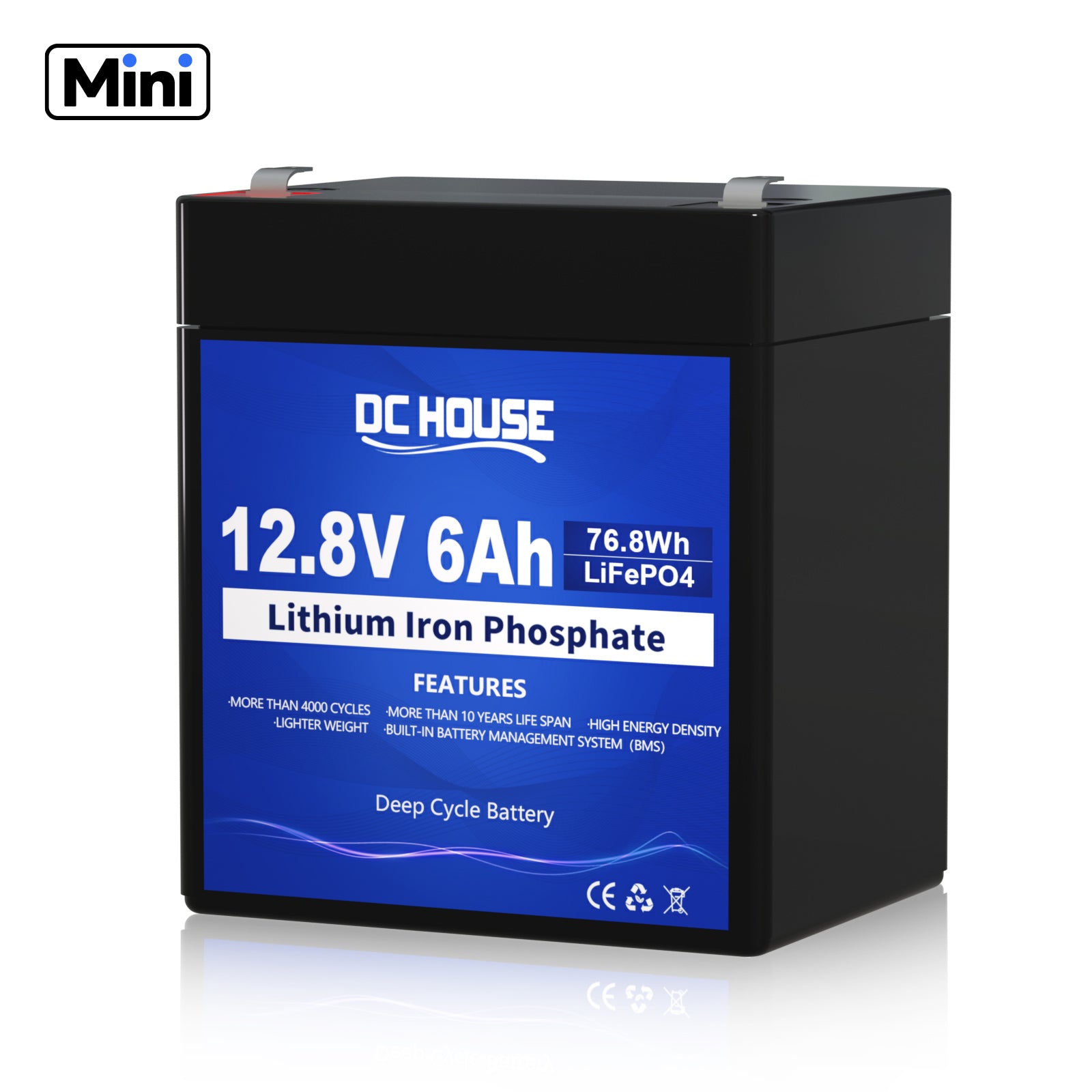

 US
US
 DE
DE
 FR
FR
 CA
CA

